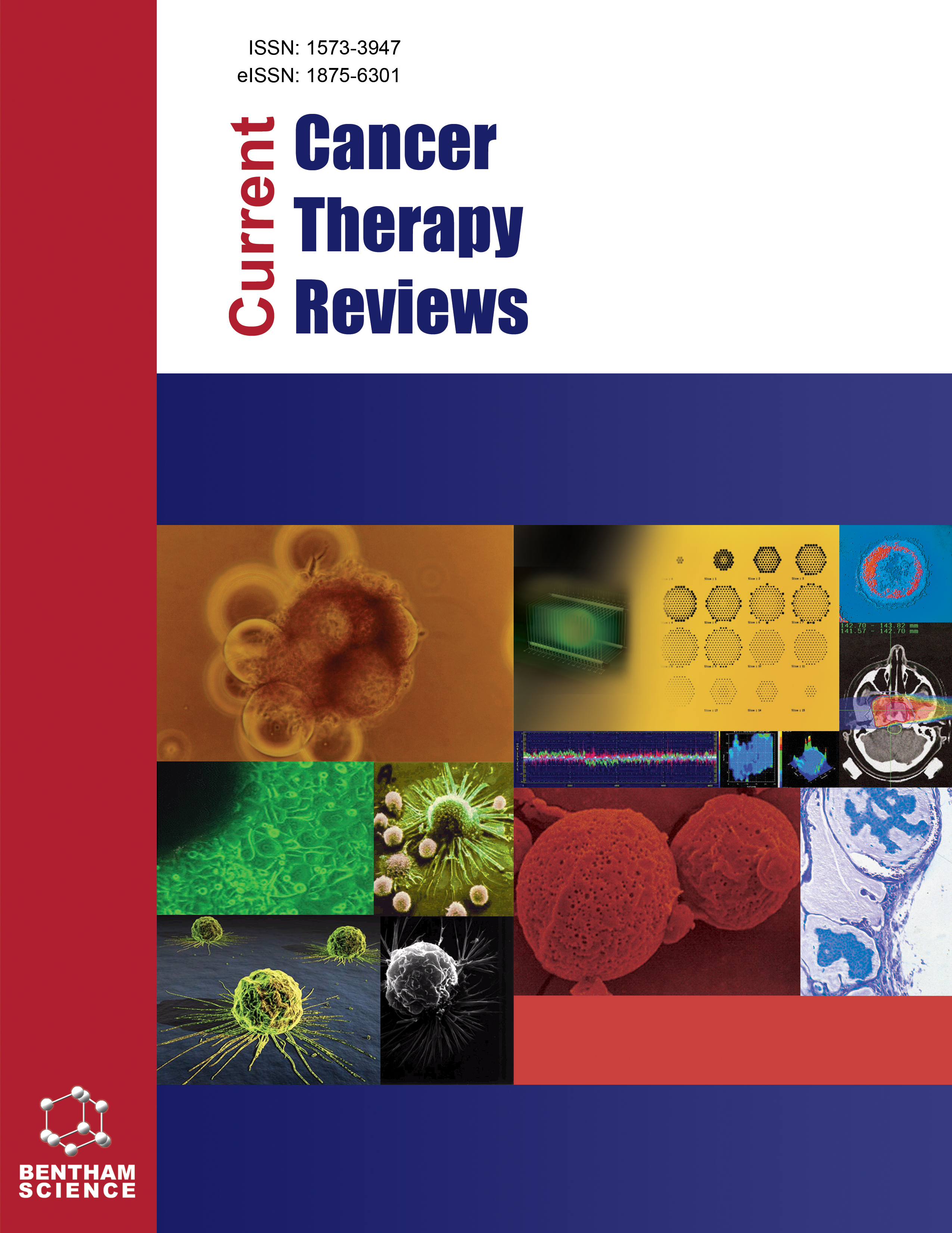
Full text loading...

Colorectal cancer (CRC) ranks among the most prevalent malignancies globally, driven by a complex interplay of genetic, molecular, and environmental factors. Dostarlimab, a humanized monoclonal antibody targeting the programmed cell death protein-1 (PD-1) receptor, has emerged as a breakthrough immunotherapy for CRC, particularly in mismatch repair-deficient (dMMR) subtypes. Its ability to enhance anti-tumor immune responses has positioned it as a promising therapeutic agent, with ongoing research exploring its efficacy across CRC subtypes and in combination therapies.
This study investigates the therapeutic potential of Dostarlimab in CRC management by analyzing scientific data collected from various literature databases, including Google Scholar, Scopus, and PubMed. The review encompasses the genetic and molecular underpinnings of CRC, such as mutations in APC, KRAS, and TP53, and the regulatory roles of non-coding RNAs (ncRNAs). Detailed pharmacological mechanisms, clinical trial outcomes, and comparative efficacy of Dostarlimab against other immunotherapies were evaluated to assess its biological and clinical significance. Analytical aspects of Dostarlimab’s pharmacokinetics and pharmacodynamics were also explored.
Scientific data analysis underscores the pivotal role of Dostarlimab in CRC treatment, particularly for dMMR/MSI-H subtypes, where it achieved a 100% clinical complete response rate in a phase II trial for locally advanced rectal cancer. The drug’s mechanism involves PD-1 inhibition, enhancing T-cell-mediated tumor destruction. Genomic aberrations (e.g., KRAS, BRAF, TP53 mutations) and ncRNAs (e.g., miRNAs and lncRNAs) were identified as key influencers of CRC prognosis and potential therapeutic targets. Dostarlimab exhibits significant efficacy in dMMR/MSI-H CRC, with ongoing trials assessing its impact on mismatch repair-proficient (pMMR) subtypes. Its favorable pharmacokinetic profile (e.g., half-life of 25.4 days) and tolerable safety profile further enhance its clinical utility. Comparative studies with pembrolizumab and nivolumab highlight Dostarlimab’s superior response rates in specific CRC cohorts.
The scientific data from this review affirm the transformative potential of Dostarlimab in CRC management, offering hope for improved outcomes through personalized immunotherapy. Its integration with genetic and molecular insights paves the way for targeted CRC therapies.

Article metrics loading...

Full text loading...
References


Data & Media loading...